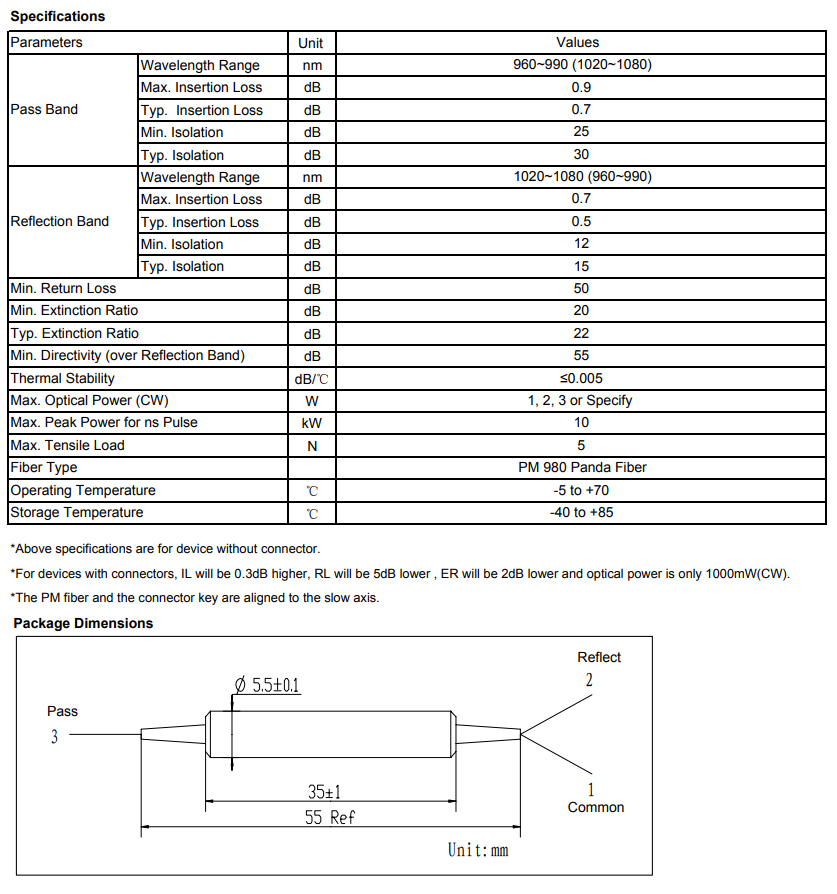
Wavelength Division Multiplexing (WDM) is a groundbreaking technology that has transformed the way data is transmitted over optical fibers. By utilizing multiple wavelengths of light to carry different signals simultaneously, wdm multiplexing has significantly increased the capacity and efficiency of communication networks.
The Power of WDM Multiplexing
With WDM multiplexing, multiple signals can be transmitted over a single optical fiber by assigning each signal to a specific wavelength. This allows for an exponential increase in data transmission capacity compared to traditional methods. By leveraging the vast spectrum of light wavelengths available, WDM enables faster and more efficient communication between devices and networks.
The Advancements with Optizone Technology
Optizone Technology is a cutting-edge development in the field of WDM multiplexing. It focuses on optimizing the performance and reliability of optical amplifiers used in long-haul transmission systems. By carefully managing power levels across different wavelengths, Optizone Technology minimizes signal degradation and ensures high-quality data transmission over extended distances.
The Role of Polarization Maintaining Isolator

polarization maintaining isolators play a crucial role in maintaining signal integrity within WDM multiplexed systems. These devices are designed to minimize unwanted reflections or backscattering that can cause interference between different channels carrying separate signals. The use of polarization maintaining isolators helps ensure reliable and accurate data transmission by effectively isolating individual channels from one another.
In Conclusion
Wavelength Division Multiplexing (WDM) has revolutionized data transmission by enabling simultaneous transfer of multiple signals through different light wavelengths. With advancements like Optizone Technology optimizing amplifier performance and Polarization Maintaining Isolators ensuring signal integrity, WDM multiplexing has become a cornerstone technology in modern communication networks. Its ability to significantly increase data transmission capacity and efficiency continues to drive innovation and shape the future of telecommunications.
